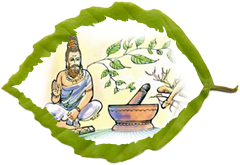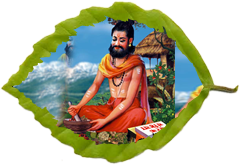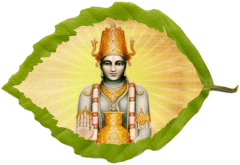|
|
|
Ayurveda in Rishikesh, India
|
What is Ayurveda
 “ The system of Medicine that is said to have been revealed to the people by God himself. That is named Ayurveda (the science of life), wherein are laid down the good and bad of life, the happy and unhappy of life and what is wholesome in relation to life,as also the span of life” - Charaka Samhita.
“ The system of Medicine that is said to have been revealed to the people by God himself. That is named Ayurveda (the science of life), wherein are laid down the good and bad of life, the happy and unhappy of life and what is wholesome in relation to life,as also the span of life” - Charaka Samhita.
Ayurveda is a holistic, ancient, time tested and traditional system of medicine that is indigeous to and widely practiced in India. The word Ayurveda is a Sanskrit term meaning “science of life”. Ayu means “life” or “daily living” and the word “veda” “knows”. Ayurveda was first recorded in the Vedas – the ancient texts of the Himalayan sages. The world’s oldest existent literature.
The Ayurvedic healing system has been practiced in daily life in India for more than 5000 years. All Ayurveda literature is based on the Samkhya philosophy of creation. (The root of term Samkhya: Sat, means “true” and khya, means “to know”)The Vedas, made up of the Rig, Yajur, Sama and Atharva Vedas in which the ancient scriptural knowledge is found, have been handed down to us generation by generation over several thousand years of oral tradition, before finally being recorded in written form.
 It was not until about 500 B.C. that the sage Adi Sankara culled the end portion of vedas, called vedanta, which reveals the knowledge that the self and the supreme being are one. Sankara recorded this knowledge on palm leaves. Rig veda, the foundation pillar and oldest of the vedas, contains many references to Ayurvedic principles, although Ayurveda itself was primarily developed from the Atherva Veda, the most recent of the Vedas. The mainstay of Ayurvedic knowledge we have today is found in two treatises, Charak Samhita and Sushrut Samhita, each of which first appeared at the turn of the first millennium B.C.
It was not until about 500 B.C. that the sage Adi Sankara culled the end portion of vedas, called vedanta, which reveals the knowledge that the self and the supreme being are one. Sankara recorded this knowledge on palm leaves. Rig veda, the foundation pillar and oldest of the vedas, contains many references to Ayurvedic principles, although Ayurveda itself was primarily developed from the Atherva Veda, the most recent of the Vedas. The mainstay of Ayurvedic knowledge we have today is found in two treatises, Charak Samhita and Sushrut Samhita, each of which first appeared at the turn of the first millennium B.C.
The main objective of Ayurveda is to impart health-full longevity and to relieve human suffering. This is achieved through appropriate regimes of Ahara, Vihara, and Aushadhis and systemic Samshodhana {detoxification} of the body.
Understanding Tridosha

- The concept of Vata-Pitta-Kapha is unique to Ayurveda and it holds the potential for revolutionizing the healing system of the west.
- Vata is a principle of movement. That which moves is called Vata. Air in the external atmosphere is not same as the air in the body; it might be characterized as the subtle energy that governs biological movement and metabolic activities. It is formed by two elements Ether and air and functions are breathing, natural urges, and transformation of tissues, motor functions, sensory functions, excretions, secretions, fear, emptiness and anxiety.
- Pitta is translated as fire but not literally, it is like bodily heat-energy, it manifests as metabolism in the body, however it is not visible in this way. It is formed by fire and water elements, governs digestion, perception, understanding, hunger, thirst, intelligence, anger, hate and jealousy.
- Kapha is translated as biological water, formed by two elements earth and water, it gives the material for physical structure, biological strength, vigor and stability; it lubricates joints, supports memory retention, gives energy to the lungs and the heart and maintains immunity. Kapha is responsible for emotions of attachment, greed and long-standing envy, but has tendencies towards calmness, forgiveness and love.
Have a great experience of Ayurveda and Yoga, in Rishikesh, INDIA
|
|
|
|
|
